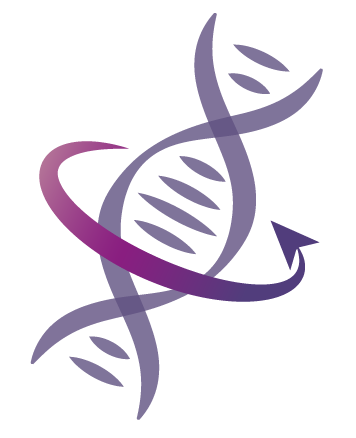COVID-19 test kits were not purchased in 2017 and 2018; claim is based on mislabeled data
Test kits for the virus that causes COVID-19 were only developed in 2020, since scientists only discovered the virus in January 2020. It is impossible for scientists to develop a test kit for a virus that is undiscovered. The claim that COVID-19 test kits were being sold in 2017 and 2018 is based on an error in data labeling on the World Integrated Trade Solutions (WITS) website, a resource that allows users to access and retrieve information on trade and tariffs. The error has since been corrected.
